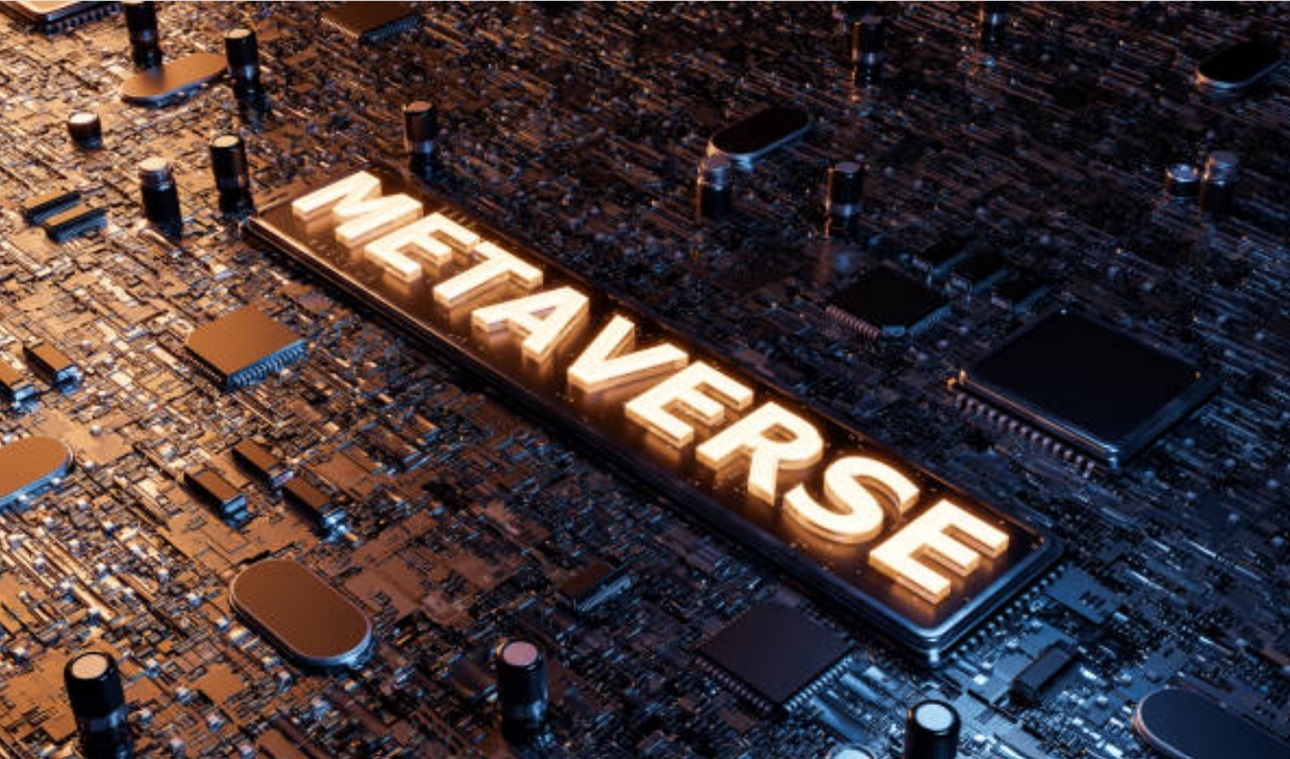ULI UK ‘YL360’ Infoburst

The Metaverse: Virtual Land, Real Opportunity
Report Summary: Whether you believe in the future of the metaverse or not, it’s growing fast. As of Q2 2022, there is an estimated $120 billion already invested in building out metaverse technology and infrastructure, with the sector forecasted to be worth $1.5 trillion+ by 2030. Big names - from JP Morgan and Sotheby’s to Nike and Gucci - are already involved, with others following suit almost daily; retailers are launching new products in the metaverse, opening flagship stores, holding Thanksgiving Day Parades, exhibitions and other events. Students are accessing education, couples are getting married and people are socialising in the metaverse. Put simply, the metaverse is now big business, and it looks set to get bigger. In the very simplest of terms, the metaverse is the internet but in 3D, where opportunities for social, intellectual and commercial connection are made possible within virtual ‘worlds’. For now, entering the metaverse is a little like entering a Sims game, but as it matures and the technology develops, so too will the opportunities to create a truly immersive experience (for the most part with an avatar representing your presence). There are hundreds of these ‘worlds’ now in existence, which range from gaming experiences like Roblox, to more commercialised blockchain-enabled metaverses such as Sandbox and Decentraland. Within these more ‘transactional’ worlds, where the digital often mirrors the real, your avatar can hang out at a bar, meet friends at a casino, play virtual sports, attend conferences and parties and visit your favourite retailer’s flagship stores. In short, you can do most things that you might want to do in the real world - shop, work, learn, play and socialise.


